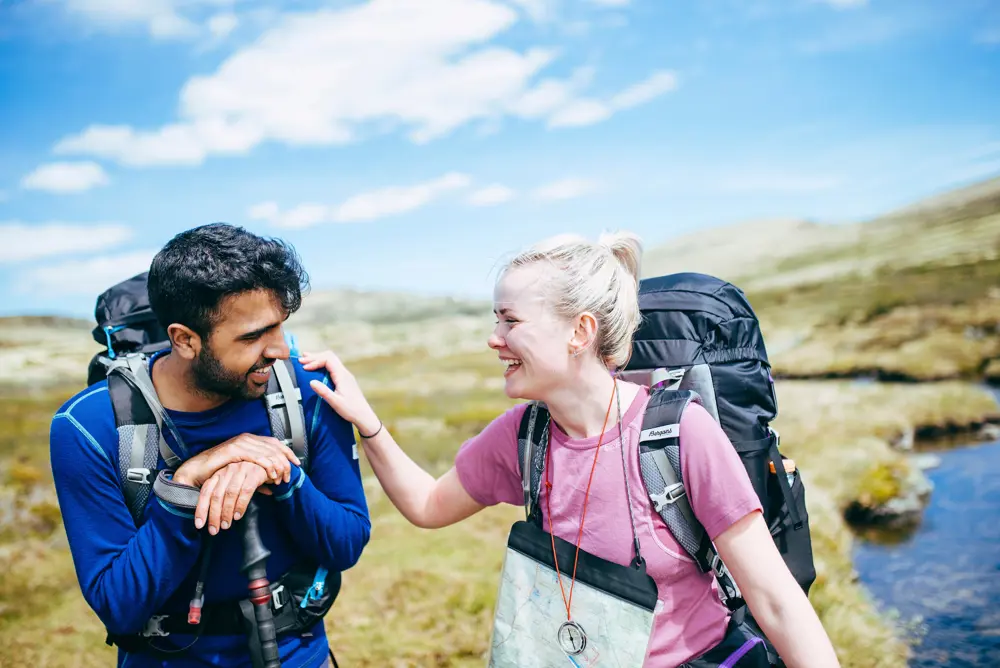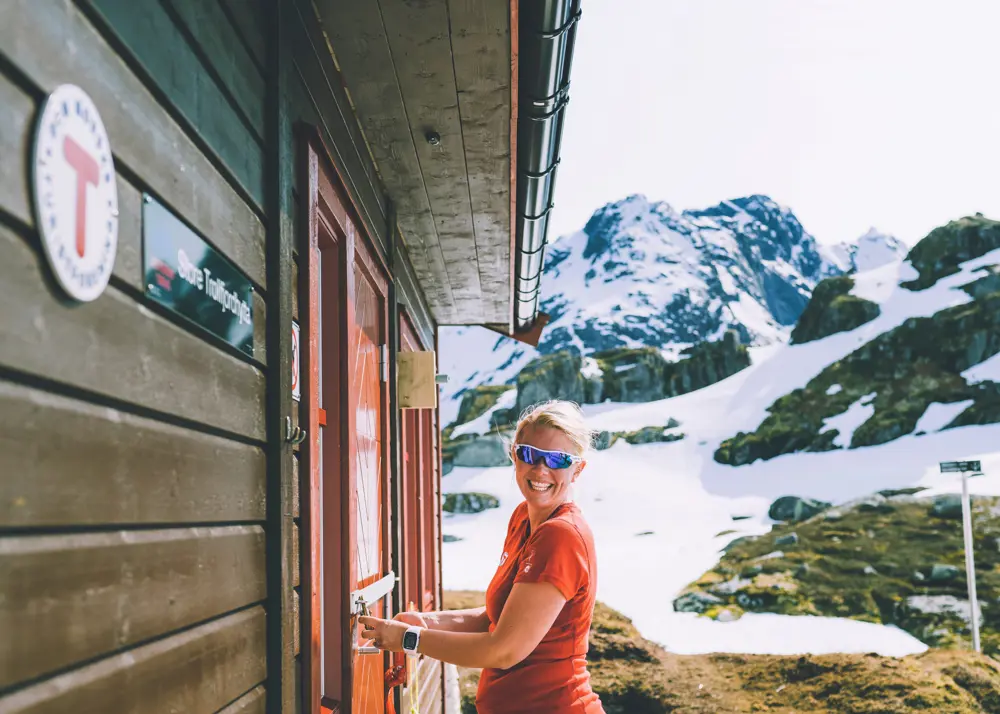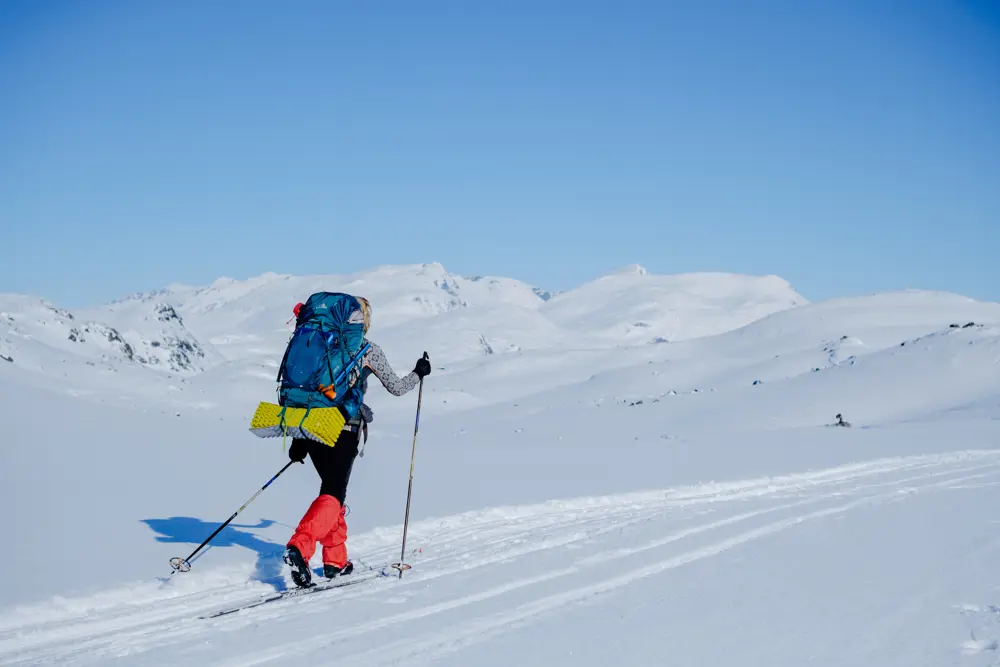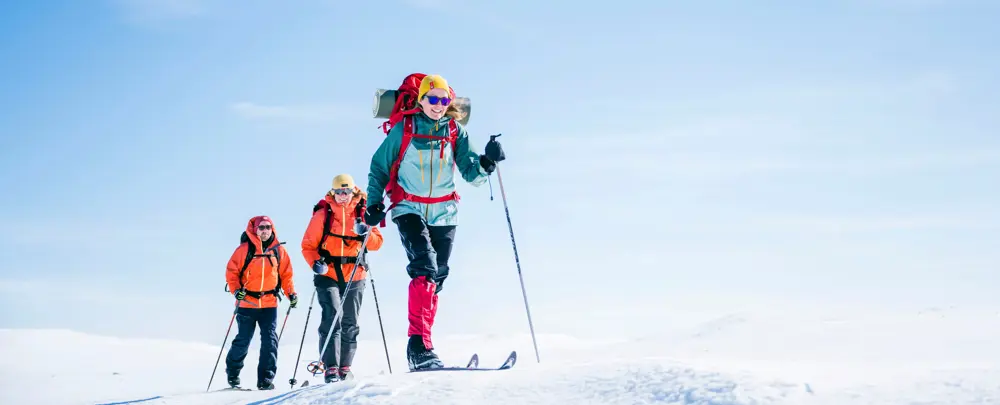
Beginner in the winter mountains
Here is our ABC for a safe winter trip. Read this before you go!
Skiing in the winter mountains is a powerful experience. Norway is located far to the north and has a coastal climate with a lot of precipitation, fluctuating temperatures and strong winds. The weather changes can come suddenly. This can cause great challenges on some days, but if you take precautions and have the equipment and expertise required, there are many good experiences waiting for you.
SEE ALSO: Digital outdoor course: My first winter trip
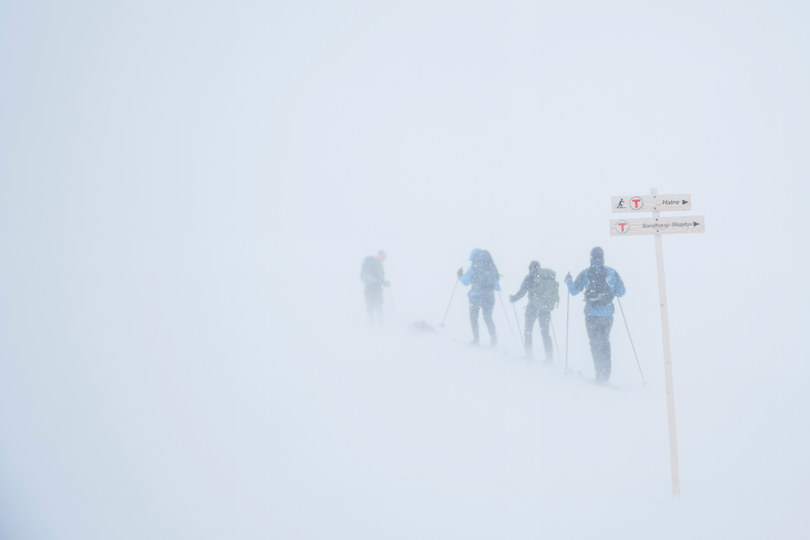
Skis for the Norwegian winter mountains
It is important to have skis and poles that are adapted to your own use of the high mountains. If you are going on a trip outside of prepared ski tracks, you must have skis with steel edges and solid bindings. The poles should have pulleys that are sturdy enough to work in loose snow. The trips between the cabins are mainly in the valleys and here there is no need for randonee or powerful Telemark equipment. Many Norwegians prefer lighter mountain skis with buckles and wax pockets, and relatively light beech boots in cabins for cabin trips. Think about what kind of ski trips you are going to go on before you buy new equipment. If you are only going to walk in the field or on prepared trails, you can get by with simpler and lighter equipment or regular cross-country skis.
The marked trails show the way
In Norway, the most used routes between DNT's cabins in the mountains are marked with birch twigs. The twigs are placed at such a distance that you should be able to see the next twig even in dense snowy weather. All winter routes are marked at Easter, but some routes are marked earlier in the winter. The twig trails are set by locally known mountain people who know where it is safe and best to walk. Check where and when the different squares are delimbed. This can vary from year to year.
Read more: Winter marking and limbing
The backpack must be included
If you go on prepared and adapted ski tracks, the tracks often go far into the high mountains and the weather can change quickly. A backpack with the necessary equipment is therefore mandatory, even on shorter day trips. What you pack in it, you can find here:
Always keep an eye on the map
Although the marked winter routes are often a safe choice in the winter mountains, you cannot always rely on the markings. Twigs may have fallen down or there may be other reasons why you cannot follow the markings. Therefore, always keep an eye on the map when you walk, so that you know where you are at all times. This is a prerequisite for having a safe trip in the mountains. The M-711 map series covers all of Norway in 1:50,000 and with an equidistance of 20 meters. There are also several hiking arteries adapted to different mountain areas. If you use GPS, you must bring a paper map and compass anyway. A 1:100,000 map works well with detailed maps or the GPS.
SEE ALSO: The Norwegian Mountain Code
Avoid avalanches, make safe choices
Even if you walk on marked trails, you need to be able to make good route choices. The most important thing is to recognize terrain where there may be avalanches, so that you can choose to stay away.
- Avalanches can break loose in overhangs higher than 5 meters and steeper than 30 degrees
- You can trigger avalanches on the mountainside above you, even if it is flat where you walk
- The avalanche can go 3 times as far as the height of the overhang.
This means that it is safe to pass a snow-covered and steep mountainside that is a hundred meters high if you keep a distance of three hundred meters. On the plateau and in generally clear terrain, this is sufficient knowledge to travel safely with regard to avalanches.
Want to learn more? Sign up for an avalanche course with DNT: Avalanche course
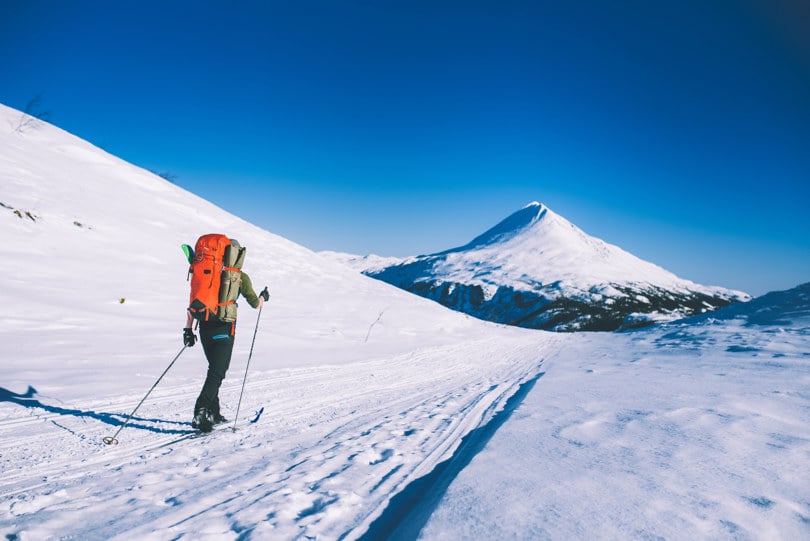

Skiing from cabin to cabin in the winter mountains - this is how you do it
Are you dreaming of a cabin-to-cabin trip in the winter mountains, but are unsure how to do it? Here you will find useful tips and advice for planning and carrying out the trip.
Les videreSee also
